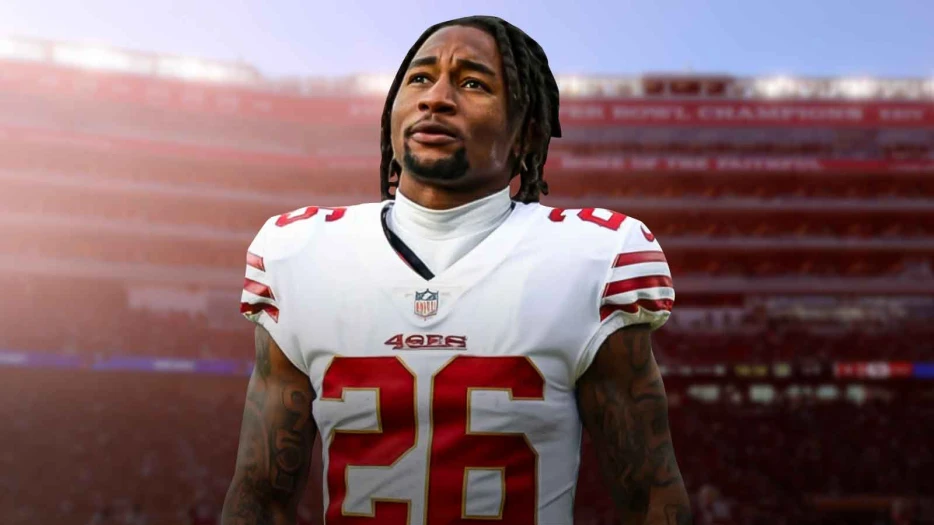
 ClutchPoints
ClutchPoints
The San Francisco 49ers made headlines for what they didn’t do on November 4th, standing pat at the trade deadline despite having glaring defensive needs after losing Pro Bowl edge rusher Nick Bosa and linebacker Fred Warner to season-ending ACL injuries. While general manager John Lynch’s decision to stay silent raised eyebrows around the league, the reality is that San Francisco’s path to a third consecutive NFC Championship run doesn’t end at the deadline. Instead, the Niners must make one critical signing before the end of the regular season: cornerback Asante Samuel Jr.
The 49ers defense has been decimated by injuries this season, but the pass coverage unit remains their most vulnerable gap heading into the stretch run. With cornerback depth already tested by injuries to role players, adding Samuel Jr. would provide Kyle Shanahan’s defense with the elite perimeter coverage it desperately needs to slow down the league’s most prolific passing attacks in December and January. Samuel Jr.’s visit to San Francisco is already in motion, making this signing not only feasible but essential for a team sitting at 6-3 with legitimate Super Bowl aspirations.
Before examining why Samuel Jr. must arrive in San Francisco, it’s worth understanding why Lynch held firm at the deadline despite internal frustration from some players and coaches. The 49ers inquired about multiple edge rushers including Trey Hendrickson, Jermaine Johnson, and Jaelan Phillips, but the asking prices were simply prohibitive for an organization already stretched thin financially.
The Jets wanted a second-round pick for Johnson, while the Bengals demanded a first-rounder for Hendrickson. These prices reflected the bloated rental market at the deadline, where teams essentially held organizations hostage for players who would hit free agency in March. Lynch’s stated philosophy—only trading for players under contract beyond the current season—was sound business and prevented the 49ers from mortgaging future draft capital for temporary help.
What’s more, San Francisco had already made four trades during the season, acquiring Bryce Huff, Skyy Moore, Brian Robinson Jr., and defensive end Keion White. The organizational ammo was depleted, and Lynch wisely chose preservation over panic. However, the absence of trade deadline moves doesn’t mean the 49ers are content to coast to the postseason with their current roster construction.
While the defensive line has been hamstrung by the losses of Bosa and Mykel Williams, the secondary has quietly become a liability through a combination of injuries and inconsistency. Cornerback Deommodore Lenoir has played well but cannot shoulder the entire burden of defending the NFC’s most dangerous receivers. The safety position has been a particular disaster, with coverage grades around 60 or below for all four safeties on the roster and missed-tackle rates exceeding 16 percent for both starters Ji’Ayir Brown and Jason Pinnock.
The 49ers’ inability to generate pressure has forced their secondary into extremely difficult coverage situations. San Francisco recorded just 11 total sacks over the nine-game stretch from Week 1 through Week 9, averaging...